

Table of contents
- propagations
- seed harvest
- seed storage
- sowing time
- Location
- Floor
- sowing
- Chive Harvest
- Fertilize
- hibernate
- Conclusion
Having your own fresh chives (Allium schoenoprasum) in the kitchen is professional propagation instructions for everyone possible without having to go to the supermarket first becomes necessary. Chives convince with their fine spice taste and are indispensable for healthy cooking or eating. Propagation is worthwhile, as chives from the supermarket only stay fresh for a few days and retain all their aroma.
When propagating from the flowers, there are a few details to pay attention to so that it works and results in healthy, vigorous growth.
propagations
To propagate, you can either divide an existing cultivation or use seeds from the flowers for propagation. The advantages of seed propagation is that old stocks retain their size and seed propagation proves to be simpler and more promising.
seed harvest
Chives bloom only once a year. This is usually between late April and early June if not pruned/harvested. The flowers contain the seeds, which can be found on the fine seed stalks around the second week of flowering. They are gently pushed off with the index finger and thumb and placed on a piece of paper or something similar.
Another option is to let chives grow wild. But it is not cut and the flower remains until it wilts. Toward wilting, the seed detaches itself and is dispersed by the wind. However, this has the disadvantage that chives can grow very close together, which in turn weakens vigorous growth and, in the worst case, causes the herb plants to die off. Growing the seed yourself is the more optimal option for propagating chives in most cases.
Tip:
If you buy chives in pots from the supermarket with the idea of propagation, you should either plant them in a larger pot or in the garden bed. The chive pots you buy are usually too small to give the herb enough space to thrive and bloom. In addition, it is essential to replace the soil with a nutrient-rich substrate, as the plant needs a lot of energy and nutrients to develop the flowers.
seed storage
The chive seeds should be kept in a dark place, in an opaque box or wrapped in newspaper. In addition, optimal storage temperatures are necessary in order not to start germinating before sowing. The recommended temperature is between 10 degrees Celsius and 15 degrees Celsius.
In addition, dry storage of the chive seeds is required. If the seeds were harvested from the flower that was wet after a downpour, the seeds should be laid out evenly to dry for a few days. Only then should they be packaged in a dark place, if necessary.
The seeds only keep for a maximum of 12 months. Accordingly, only as many seeds should be harvested as are needed for sowing for the year or the next spring.
sowing time
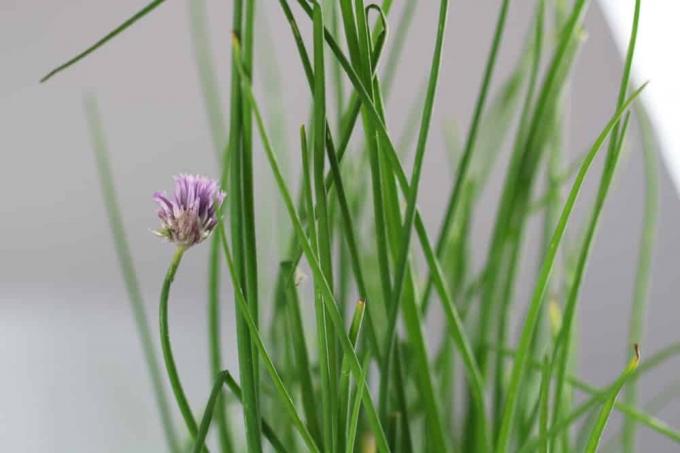
The perfect time for sowing is between April and May when sowing in the garden bed. If the seed is made in a seed box, the seed can be sown as early as February. As cold germs, the chive seed tolerates cold temperatures between one and ten degrees Celsius very well. Basically, the seeds germinate better at cooler temperatures than at warm room temperatures. But it is important to ensure that the seed is not exposed to sub-zero temperatures, as a large part of the seed could freeze.
Location
Chive seeds and the resulting chive herb plant feel comfortable in both sunny and partially shaded places in the garden or in a pot. However, the herbal plant does not like hot midday sun. Although seed and chives tolerate cold to a certain extent and is even beneficial for germination, it tolerates cold winds less well.
Therefore, the (chive) seeds should always be positioned in a sheltered position. In addition, the wind easily breaks the fine tubular stems on the young plants or later on the older specimens. This usually results in a brown discoloration. Due to its relatively long and straight growth habit, chives bring a visual change to any herb bed and can be easily added to all common kitchen herbs.
Floor
Chive seeds are not particularly demanding on the soil. The soil in the garden bed should be loose and rich in humus. For sowing in a seed box, it is advisable to use special potting soil or herb soil for seedlings, or alternatively place the seeds in a nutrient-poor substrate with a clay content. The latter gives good water permeability and prevents waterlogging, which should also be avoided when sowing in the herb bed.
The sowing site should be free of root remains, weeds and thick clods of earth. Weeds in particular prevent herbs and herb seeds from thriving, which is why weeds should generally not grow nearby. Regular weed pulling is therefore essential.
sowing
Once all the preparations have been made, you can start sowing. Here you proceed as follows:
- Loosen the soil over a large area with the hoe
- Use your fist to press the soil in a line shape for about two centimetres
- Evenly distribute the seed
- Approximately 300 seeds are placed per meter of deepening
- After sowing, it is covered with soil
- Press the top layer of soil only lightly
- Water moderately and keep soil well moist but do not overwater
If you use a propagation box or pot, proceed in a similar way to sowing in the garden bed. However, press the soil or the substrate in the middle of the container so that there is sufficient distance to the edges of the pot and box. Afterwards, the sown container should be placed on the balcony or terrace in cooler temperatures so that the seed can start well and quickly.
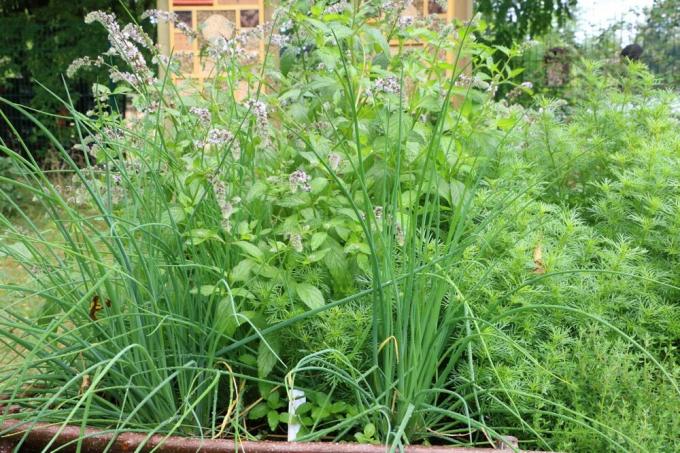
When the new young plants are around two centimeters high, they can be pricked out and repotted. From a size of about six centimeters, they are strong enough to be planted in the herb bed. Sowing usually takes about two weeks to germinate. The basic rule here is: the cooler they are, the faster the seed starts and sprout. At temperatures around 18 degrees Celsius, germination can take up to six or eight weeks.
Tip:
Since the seeds do not tolerate excessive moisture, a transparent plastic film should be stretched over the sowing. Here it is important to ensure that the foil is at least three to four centimeters above the surface of the earth so that the chive seeds have enough space to grow upwards.
Chive Harvest
In just a few weeks after sowing, the chives are ready for the first harvest. Here, however, it should be taken into account that he still has to develop further. For this reason, it is advisable not to cut the chives by more than a quarter during the first year and to cut them evenly. Then the herbal plant can continue to develop and grow vigorously.
Use sharp, clean scissors for the herb harvest, which you ideally only use for the chive harvest. In this way they prevent the transmission of any pests or germs from other plants previously cut with the same scissors. In the second year, this type of leek should be so strong that it will tolerate a cut of about half the plant mass.
If the chives become too bulky, you can take the rootstock out of the ground or the substrate and simply cut it in two with a sharp knife. Replant one part and find a place for the other where there is enough room to grow.
Fertilize
The chive plant needs a lot of nutrients in order to be able to grow quickly and vigorously. The administration of fertilizer, which should be given every two weeks, helps here. A biological liquid fertilizer that can be absorbed well into the soil via the irrigation water is best suited.
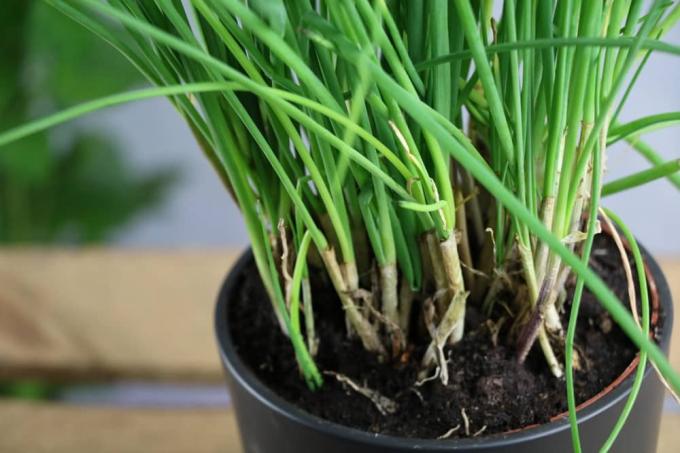
From the end of September there is no longer any need to give fertilizer when the herbal plant overwinters in the garden. However, young plants are not fertilized in the first year. This means that you start fertilizing in the second year after sowing at the earliest.
hibernate
To ensure that the new young plant survives the first winter, a few precautions must be taken or things worth knowing to note:
- The chives are hardy and can remain in the garden bed during the winter
- Shorten all stalks to around two centimeters before the first frost in autumn
- Lay a layer of leaves or brushwood on the surface of the soil for frost protection
- To prevent overwatering, stretch a translucent film over the chive herbs
Tip:
By the way, if you cut the chives short for the winter, you can freeze what you cut off. To do this, simply cut the tubes into short pieces and store them in portions in an airtight container in the freezer. So you don't have to do without chives in winter either.
Conclusion
The classic Allium schoenoprasum kitchen herb can be propagated quickly with flower seeds without much effort and can also be done by any hobby gardener without a special "green thumb". After sowing, it only takes a few weeks until the first harvest can take place. Due to the rapid growth, fresh chives are always ready for harvest and you don't have to worry if after Two days ago the chives you bought from the supermarket lost their freshness and are now used to refine a dish is missing.
 garden editorial
garden editorial I write about everything that interests me in my garden.
Learn more about grafting and propagating plants
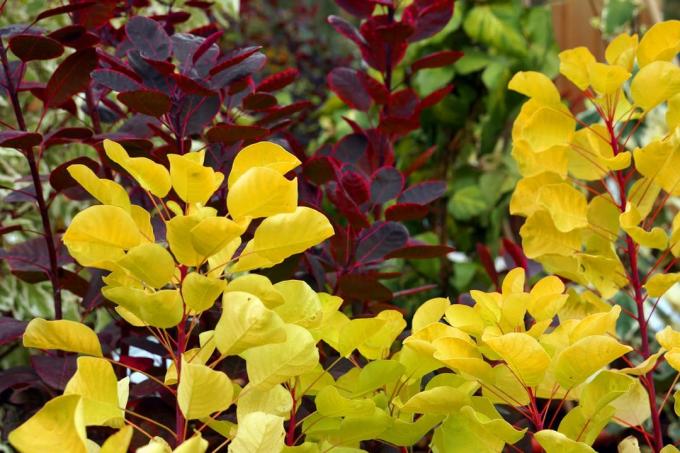
Increase smoke bush: 9 steps to success
As pretty as the immigrant wig tree is to look at, it is as adaptable and easy to care for in this country. So give me new copies! It is best to propagate yourself from your own garden. The propagation material is free, the work is manageable and success is (almost) guaranteed.

Propagating Pilea by cuttings in just 4 steps
The Pilea has many names, all referring to the shape of its leaves. It doesn't get very big, but is still robust and easy to care for, making it the ideal houseplant, even if it rarely flowers indoors.

Propagating canna from seeds: how it's done
Growing cannas from seeds is more difficult and requires more money than dividing their roots. With a few tricks, however, propagation is also possible in this way and can be a new challenge for passionate flower lovers.
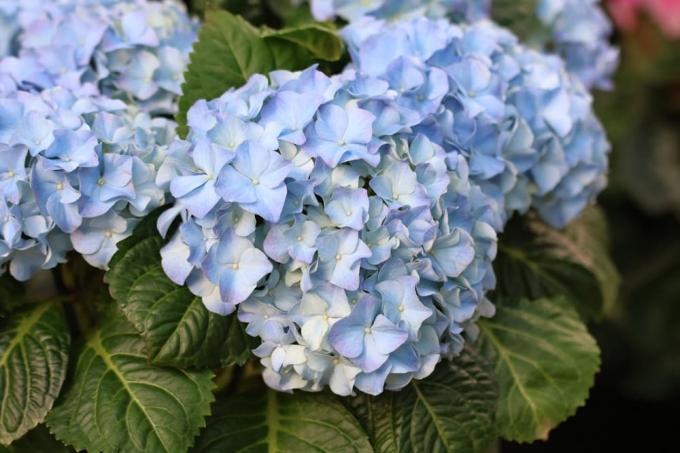
Propagation by head cuttings - How it's done | Instructions
Propagation by cuttings is very easy to do. As a result, another specimen of the mother plant presents itself promptly, with the same appearance and the same properties. With this method, there are a few important points to consider in order to successfully propagate plants.
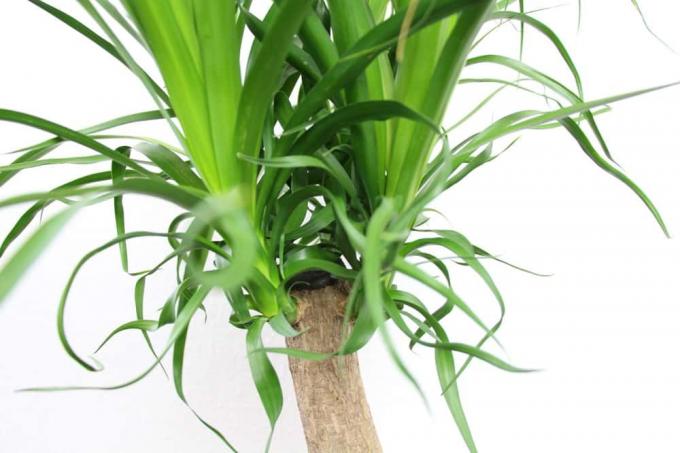
Stem cuttings: 10 tips for propagating cuttings
Propagation from cuttings is quite easy to do. The offspring from a stem cutting is no exception. The success rate is quite good. All you have to do is follow a few tips, and then the offspring of new plants will work well even for inexperienced hobby gardeners.
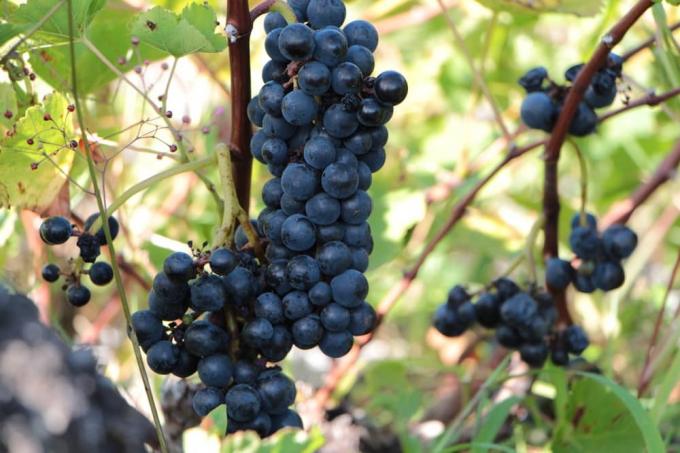
multiply grapevine | 9 tips for cuttings and sinkers
Grape vines are not just a decorative way of greening house walls or trellises. They also deliver fresh grapes for eating or pressing. And if you grow it yourself, you can be sure that no pesticides will spoil the joy of the delicious fruits.



